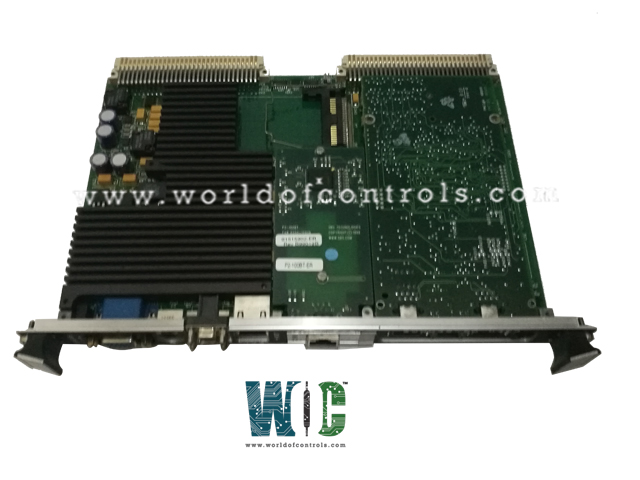
World Of Controls understands the criticality of your requirement and works towards reducing the lead time as much as possible.
IS215UCVEM07A - UCVE Controller Module is available in stock which ships the same day.
IS215UCVEM07A - UCVE Controller Module comes in UNUSED as well as REBUILT condition.
To avail our best deals for IS215UCVEM07A - UCVE Controller Module, contact us and we will get back to you within 24 hours.
SPECIFICATIONS:
Part Number: IS215UCVEM07A
Manufacturer: General Electric
Series: Mark VI
Microprocessor: Intel Celeron 300 MHz
Memory: 32 MB DRAM
Operating system: QNX
Programming: Boolean
Product Type: UCVE Controller Module
Secondary Ethernet Interface: 10BaseT/100BaseTX
Max load Current: 125 V dc
Voltage Range: 14 to 32 V dc
Maximum Lead Resistance: 15 Ω
Outputs: 24 V dc
Storage temperature: -40 to 80° C
Operating temperature: 0 to 70° C
Technology: Surface mount
Size: 16.2 cm high x 8.6 cm
Repair: 3-7 Days
Availability: In Stock
Weight: 2 lbs
Country of Origin: United States
Manual: GEI-100603A
FUNCTIONAL DESCRIPTION:
IS215UCVEM07A is a UCVE Controller Module manufactured and designed by General Electric as part of the Mark VI Series used in GE Speedtronic Control Systems. The UCVE is available in multiple forms, from UCVEH2 and UCVEM01 to UCVEM10. The UCVEH2 is the standard controller. It is a single-slot board using a 300 MHz Intel Celeron processor with 16 MB of flash memory and 32 MB of DRAM. A single 10BaseT/100BaseTX (RJ-45) Ethernet port provides connectivity to the toolbox or other control devices.
The UCVEMO7A modules have all the features of the UCVEH2, and can also support additional Ethernet ports, as well as Profibus, ISBus, or DLAN interfaces. Some UCVEMO modules support secondary 10BaseT/100BaseTX Ethernet ports for use on a separate IP logical subnet. Configuration of the secondary Ethernet port is performed through the toolbox. The controller validates its toolbox configuration against the existing hardware each time the rack is powered up. A separate subnet address allows the controller to uniquely identify an Ethernet port. Three communication ports provide links to operator and engineering interfaces as follows:
WOC maintains the largest inventory of OEM replacement parts for GE Speedtronic Gas Turbine Control Systems, offering new, unused, and expertly rebuilt boards, all backed by a reliable warranty. In addition to supplying replacement parts, we also provide professional repair services for faulty components to ensure optimal system performance and minimal downtime. Our experienced technical team is available 24/7 to support your OEM and automation needs, delivering prompt, dependable service tailored to your requirements. For part availability, pricing, or repair assistance, contact our experts today by phone or email.
What is the role of a UCVE Controller Module in a turbine control system?
The UCVE Controller Module serves as a central component responsible for managing and controlling various functions within the turbine control system. It facilitates communication between different elements of the system, monitors performance, and executes commands to ensure optimal operation of the turbine.
How does the UCVE Controller Module contribute to turbine control system efficiency and performance?
By providing centralized control and management capabilities, the UCVE Controller Module streamlines operations within the turbine control system. It optimizes resource allocation, automates routine tasks, and enhances monitoring and reporting functionalities, ultimately leading to improved efficiency and performance of the turbine.
How customizable is the UCVE Controller Module for specific turbine control system requirements?
The UCVE Controller Module is often customizable to meet the specific requirements of different turbine control systems. It may offer configurable parameters, algorithms, and interfaces to adapt to the unique characteristics and operating conditions of the turbine.